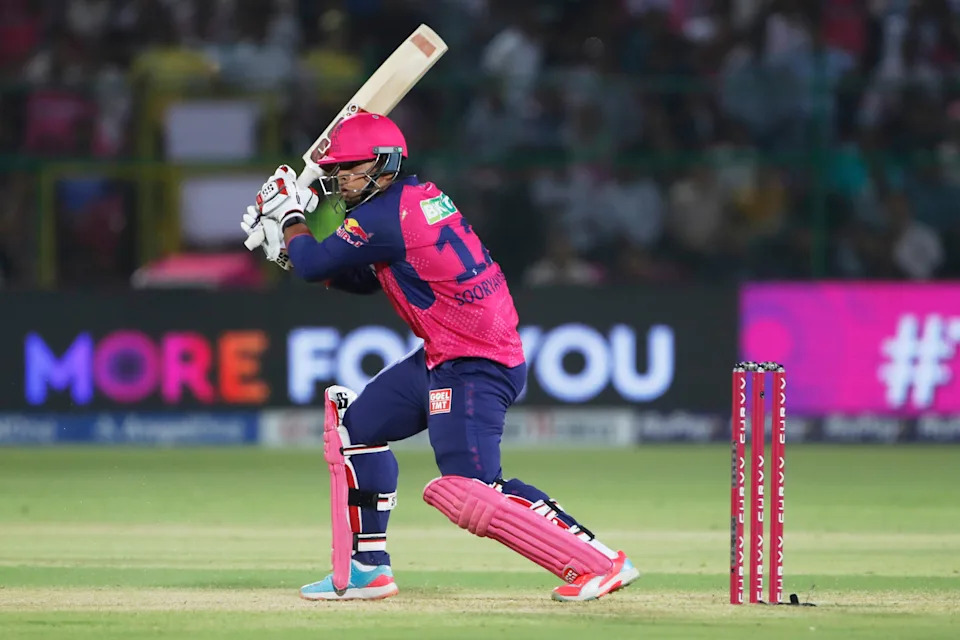The Indian Premier League is no stranger to dramatic turns, but few could have predicted that a spectacular performance by a teenager would lead to a significant re-evaluation of its foundational player eligibility rules.
Imagine a scenario: a fourteen-year-old, barely old enough to finish secondary school, steps onto the grand stage of the Indian Premier League. Not as a ball boy, but as a player, dismantling seasoned professionals with a bat. This isn`t a fantastical tale; it`s the reality brought forth by Vaibhav Suryavanshi, whose meteoric rise has not only thrilled fans but also subtly `pulverized` the administrative calm of Indian cricket, forcing a much-needed clarification on player eligibility.
The Unlikeliest Catalyst for Change
Suryavanshi, a precocious talent from Bihar, made headlines after an astonishing performance representing Rajasthan Royals in the last IPL season. At just 14, he amassed 252 runs in seven games, including a century and a half-century. His exploits weren`t just exceptional; they were unprecedented, instantly igniting a debate that reached the highest echelons of the Board of Control for Cricket in India (BCCI) at its Annual General Meeting (AGM).
The question on everyone`s lips, particularly within cricketing administrative circles, was simple yet profound: how could a 14-year-old play in the IPL?
The Scrutiny Begins: A Fair Question Posed
The discussion gained significant traction when Sanjay Naik, a representative from the Mumbai Cricket Association (MCA), voiced a perfectly reasonable concern. He pointed out that the MCA itself maintained a strict policy, barring under-16 players from participating in its own league, T20 Mumbai, despite having a wealth of young talent available. The sheer notion of a player who likely still needs parental consent for school trips gracing the IPL pitch seemed, to some, an oversight, if not an outright anomaly in sports governance.
The existing policy, Naik noted, had always been to restrict under-16 players to age-group formats, reserving senior T20 leagues for more mature athletes. This discrepancy underscored a potential gap in the IPL`s regulatory framework, or so it appeared.
The Rulebook Unveiled: Clarity from the Top
Enter Hemang Amin, the astute CEO of the IPL, armed with the precise language of the league`s regulations. The clarification was swift and, for those well-versed in the minutiae of cricket administration, perfectly logical. Amin explained that Suryavanshi`s eligibility stemmed from a specific clause: he had already appeared in first-class cricket.
The IPL rules, particularly concerning Under-19 (U19) players, clearly state:
- An U19 player is defined as someone who is under the age of 19 on April 1st of the relevant season.
- An Indian U19 player is eligible to register for a Player Auction if, on the date of the auction, they are registered with a State Association and have played in at least one match in either First Class cricket or List A cricket.
- For overseas U19 players, similar criteria apply, requiring prior First Class or List A experience.
The key takeaway was that while the IPL guidelines circulated to franchises make no specific mention of an under-16 minimum age, the requirement for prior first-class or List A experience implicitly acts as a filter. Suryavanshi, having already played first-class cricket for Bihar, met this crucial criterion, making his participation entirely legitimate under the current framework.
A Precedent Set, A Future Unlocked: The Broader Implications
This isn`t merely an administrative quibble resolved; it`s a significant moment in the IPL`s evolving narrative. By affirming Suryavanshi`s eligibility based on prior first-class experience, the BCCI has, perhaps inadvertently, forged a clearer, albeit demanding, pathway for other exceptionally talented young cricketers. The question now shifts from “Is he too young?” to “Who else is ready to meet this unique challenge?”
The “Suryavanshi precedent” highlights the inherent tension between nurturing raw talent and ensuring appropriate developmental stages for young athletes. While the prospect of more under-16 prodigies gracing the IPL is thrilling, it also calls for careful consideration regarding their physical and mental well-being, amidst the immense pressures of professional sport. It underscores the importance of a robust domestic cricket structure that allows such talents to gain crucial senior-level experience early on.
Conclusion: Redefining the Prodigy Pathway
The Vaibhav Suryavanshi episode is a fascinating case study in modern sports governance. It underscores the perpetual tension between established norms and emerging, extraordinary talent, forcing institutions to constantly re-evaluate their frameworks. For now, the rulebook has spoken, confirming that raw talent, when coupled with the right developmental pathway—specifically, early exposure to first-class cricket—can indeed bypass traditional age barriers, redefining what`s possible in the world`s premier T20 league. It`s a testament to the fact that sometimes, the most disruptive forces come in the smallest, and youngest, packages.

